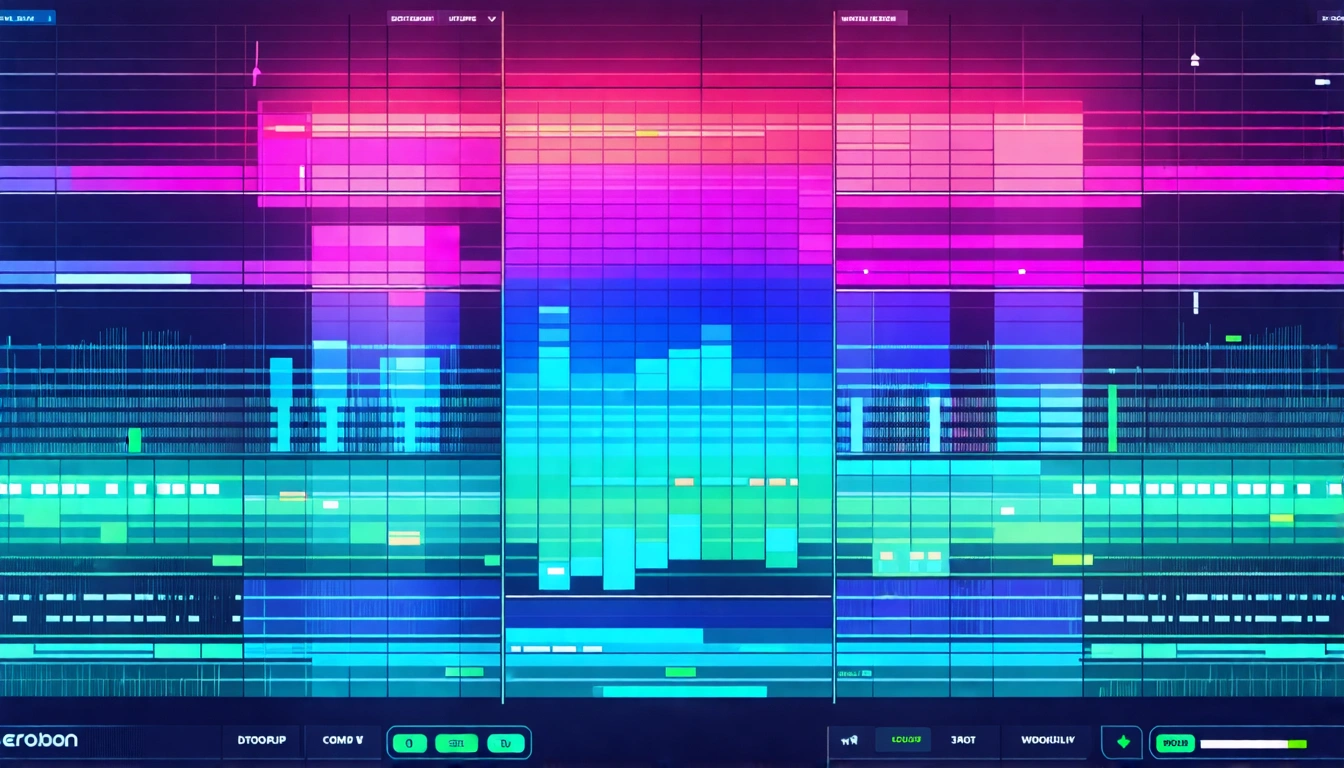Ableton Live has become a cornerstone for music producers, engineers, and DJs alike. Its versatility and robust features allow for a seamless creative process, yet many users might not be tapping into its full potential. In this article, we will explore a collection of invaluable tips that can dramatically improve your workflow in Ableton. These insights, gathered from experienced users, can save you time and enhance your creative output.
Streamlining Your Workspace
The MIDI Length Track Technique
One of the most effective tips comes from a fellow music producer, who advocates for creating a MIDI track called "Length." This track consists of a MIDI clip that matches the length of your current work-in-progress. By doing so, you gain the flexibility to place your loop brace wherever you want without having to constantly resize it.
When you’re ready to render your track, simply select the MIDI clip, and Ableton will automatically render everything within that loop brace. This method eliminates the hassle of moving the loop brace around, allowing you to focus more on your creative flow.
Utilizing the Search Bar Efficiently
A common pitfall in music production is the time wasted searching for plugins or audio files. Instead of clicking through folders, leverage the search bar in Ableton. Type the name of the plugin or audio file you need, and it will provide quick results. You can also refine your search by using the categories on the left sidebar or simply sticking to "All Results." This simple tip can drastically reduce the time spent searching for the right tools.
Streamlining Audio Editing with Session View
When working on audio editing, it’s easy to end up with a cluttered timeline filled with empty spaces. Here’s a quick fix: after editing your audio files, select all the relevant clips and use the command X (cut) to remove them from the timeline. Switch to Session View and paste them into the track slots. When you return to the timeline, you'll find that all the empty spaces have been eliminated, giving you a clean and organized workspace.
Managing CPU and Latency
Reducing Latency During Monitoring
Understanding how latency affects your monitoring can save you significant headaches during recording sessions. When multiple plugins introduce latency, it can compound and lead to frustrating delays. However, by enabling the 'Reduce Latency When Monitoring' option, you can bypass the compensation that would normally apply to all tracks. This allows for more responsive monitoring, as long as the plugins are not applied to the track you are currently monitoring.
Identifying Latency-Intensive Plugins
If you're experiencing latency issues, it’s crucial to identify which plugins are contributing to the delay. Hovering over the title bar of each plugin reveals how much latency it adds to your project. This quick check can help you pinpoint problematic plugins, allowing you to make adjustments that enhance the overall performance of your session.
Managing CPU Load with Tracks
Many users assume that high CPU usage is due to the cumulative load of all plugins across their tracks. However, it's essential to realize that Ableton uses a single thread per track. If one track is overloaded, it can bottleneck your entire session. Instead of freezing all tracks, focus on identifying the single track that is taxing your CPU. You can then freeze or simplify that track, allowing the rest of your project to run smoothly.
Keyboard Shortcuts for Efficiency
Navigating Between Views Quickly
The workflow in Ableton often requires switching between the plugin view and the clip view. Instead of double-clicking back and forth, use the Shift + Tab shortcut to quickly toggle between these views. This small adjustment can save you time and keep your creative momentum flowing.
Adjusting the Grid Size
Changing the grid size is a frequent task in music production, and there’s a much faster way to do it. Instead of right-clicking to adjust the grid, simply use the keyboard shortcuts: Command + 1 (to make the grid smaller), Command + 2 (to make it bigger), Command + 3 (to toggle triplets), and Command + 4 (to turn grid snapping on and off).
Limbo for Layout Navigation
A little-known set of shortcuts—Command + Option + L, I, M, B, O—can help you quickly navigate Ableton's layout. Each letter corresponds to a different panel: L for Launch, I for Inputs/Outputs, M for Mixer, B for Browser, and O for Overview. This quick access can save you time and streamline your workflow.
Advanced Editing Techniques
Warping Directly in the Timeline
With the introduction of Ableton 10, you can now warp audio clips directly within the timeline. Simply hover near the top of the clip, hold Shift, and drag to warp the audio. This feature allows for quick adjustments without the need to switch views, making it an essential part of your editing toolkit.
Slipping Clips for Precise Editing
Another handy technique is slipping. By hovering over the waveform of a clip and pressing Shift + Option, you can drag the audio within the clip without moving the clip itself. This allows for precise adjustments and experimentation without disrupting your arrangement.
Fluid Movement with the Grid
When you want to warp or slip audio while maintaining flexibility, hold the Command key while performing these actions. This allows you to fluidly move audio without snapping to the grid when desired. Conversely, if your grid is off, holding the Command key will snap it back on, giving you ultimate control over your editing.
Conclusion
Incorporating these Ableton tips into your workflow can significantly enhance your music production experience. From organizing your workspace to managing CPU load, these strategies serve to streamline your creative process and save valuable time. As you begin using these techniques, you'll likely find that your muscle memory will adapt quickly, making you an even more efficient producer. Take the time to experiment with these suggestions, and you might just find yourself reaping the benefits for years to come. Happy producing!
